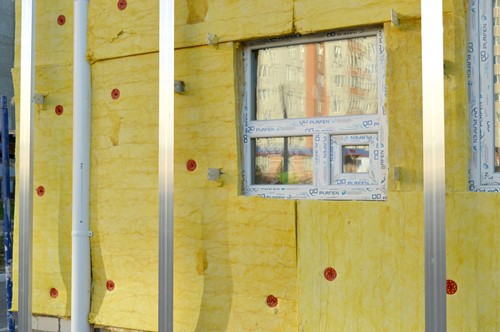
One primary reason everyday people bear with drafty homes stems from construction costs. Old houses and those with failing exterior wall insulation seem to require costly demolition. The idea that drywall or select wood wall materials require removal and replacement often causes property owners to take a deep breath and think about something else.
The good news is homeowners enjoy increased access to quality insulation materials which may not require wall demolition.
The two leading materials that generally do not require wall removal are loose-fill cellulose and spray foam. These products task installers with drilling small holes — between ½ and two inches — in strategic locations. Specialized equipment then funnels the material into the exterior walls between the framing studs.
The idea is to pack the vacant spaces with material that deters air penetrations. These are differences to consider between loose cellulose and spray foam materials.
Not every handy DIY homeowner possesses the equipment or experience to effectively install insulation without removing walls, which is why it's essential to work with an experienced professional installer.
Consult with an experienced insulation contractor that uses both materials. Their assessment of the house could prove invaluable in terms of selecting the best option. And, don't hesitate to field multiple quotes before writing a check because installation costs can differ significantly.

Robin has been a licensed Illinois Real Estate Broker since 2002 and has a genuine passion for real estate. She Joined the Keller Williams family in 2010, where she has been an active member of the Agent Leadership Council. She was one of the founding members of a Chicago area Keller Williams brokerage. Since opening, Robin has again been a valued member of the Leadership Team as well as assisting other agents reach their goals through training, coaching, and mentorship.